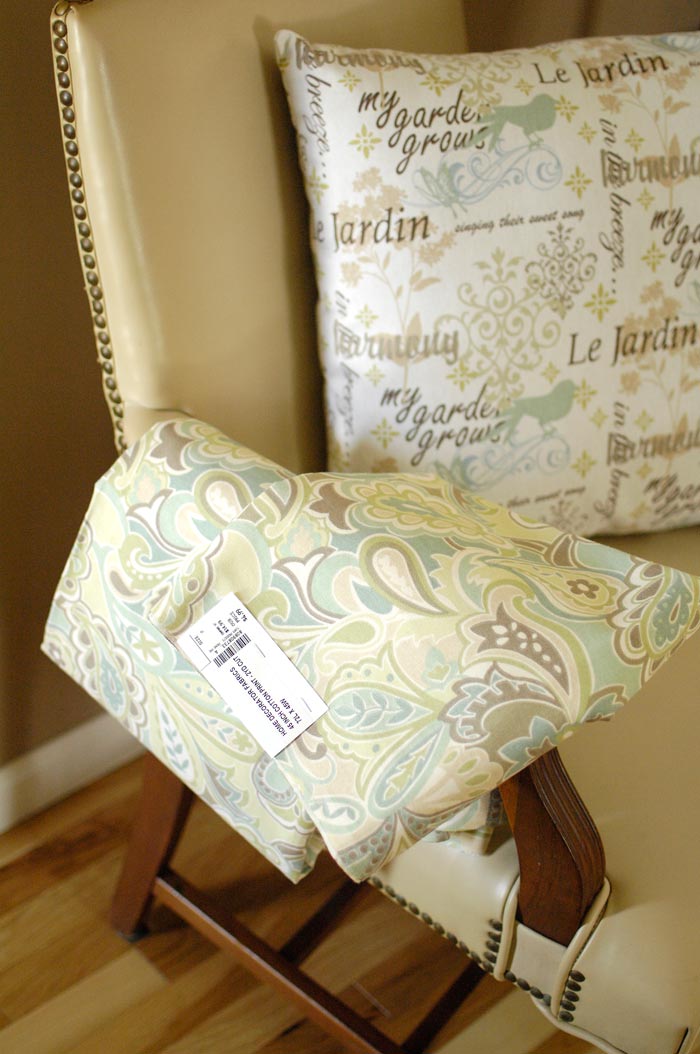One furniture piece styled three ways
Back in August, I explained my top two strategies for choosing thrifty furniture. The pieces must be affordable and they must be versatile.
Today I want to prove I’m not just giving lip service. I’ll show you how to style one bookshelf three different ways and also share three key strategies I use to ensure the furniture I buy remains useful for years to come.
I recently snagged a tall bookshelf in a salt oak finish from Sauder® furniture. The finish sort of mimics the driftwood finish that’s popular right now. The piece retails for $209.99, priced lower than others of its size because it’s made from engineered wood and comes to the door requiring some assembly. I don’t mind some minor assembly if it means saving money. 🙂
I originally set up the bookshelf between our living room and breakfast area. Here it is styled with some items that fit in with the living room decor:


Since the piece stood in a transition area, it was easy to transform it into a china cabinet of sorts by adding some food-related decor. Here’s look No. 2:
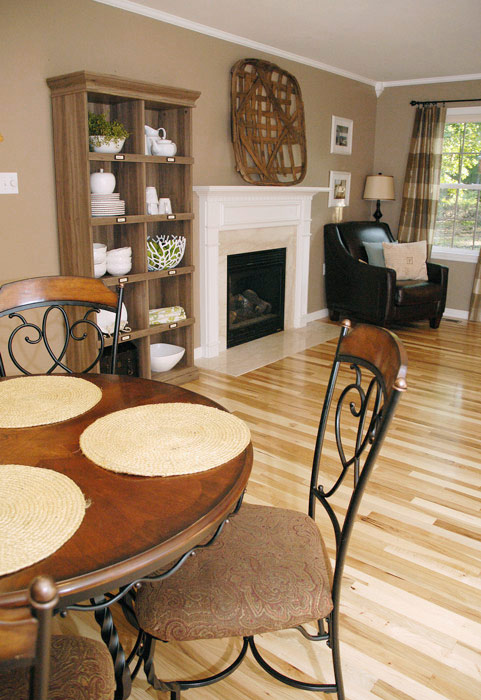
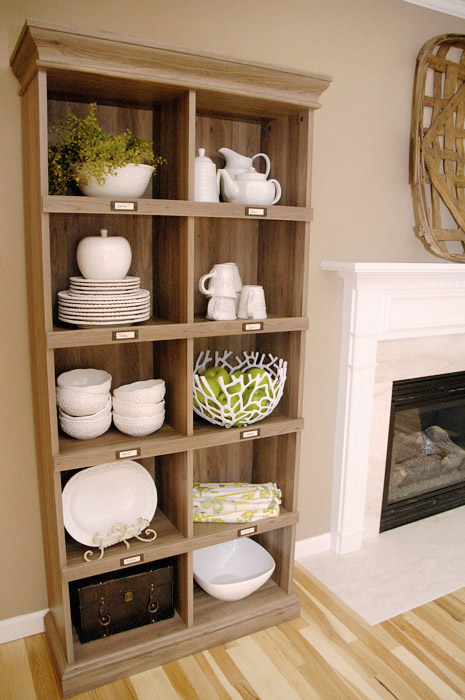

After a few months of enjoying it downstairs, we hauled it upstairs to the office/bonus room so it could serve as an actual book shelf and storage piece for my office supplies. Here’s look No. 3:


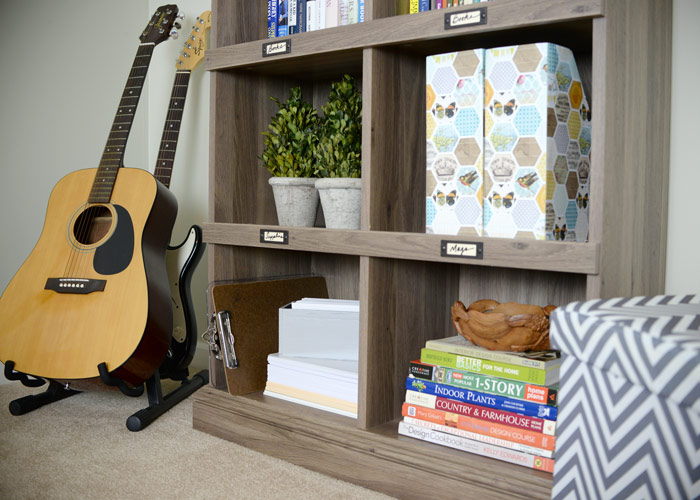

When I’m on the lookout for furniture, I try to keep the following three key strategies in mind to ensure I pick pieces that will be versatile and useful for years to come.
1. Select a finish that will work in multiple rooms.
You don’t necessarily have to match a finish exactly to everything else you own. Simply choose a piece that has a color or detail somewhere on it that goes with other stuff in your rooms. For example, the salt oak-finished bookshelf works in our living room/breakfast area because it has hardware on the front that matches the color of the knobs on our living room furniture as well as the legs and backs of our dining room chairs and stools.
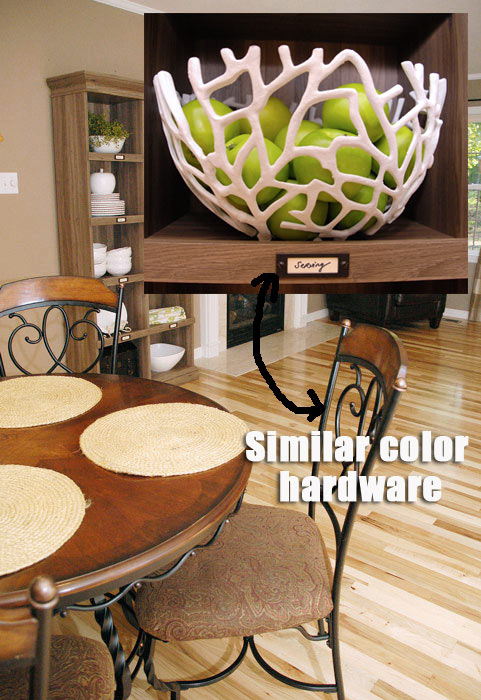
2. Choose pieces with similar lines as other furniture in your home.
Experienced designers can break this rule elegantly. For the rest of us mere mortals, I’ve found it’s best to pick pieces with similar design structure. For example, you could pair a desk with straight legs and minimal detail with a simple, modern-style bookshelf. However, an ornate, Victorian-style dresser would look out of place next to that same desk.
In other words, if you keep a similar style throughout your home, you increase the chance that multiple pieces will work together in multiple rooms.
3. Avoid pieces that can only serve one purpose.
A baby changing table is one example of this. Instead, why not purchase a dresser at the right height, then add a changing pad to the top? After baby is out of diapers, you can ditch the changing pad and the dresser remains useful.
Spending some time thinking and planning out how pieces will work in my home is how I save money and end up truly satisfied with the furniture I buy.
What steps do you take to choose the right furniture for your spaces?
This is a sponsored conversation written by me on behalf of Sauder. The opinions and text are all mine.


